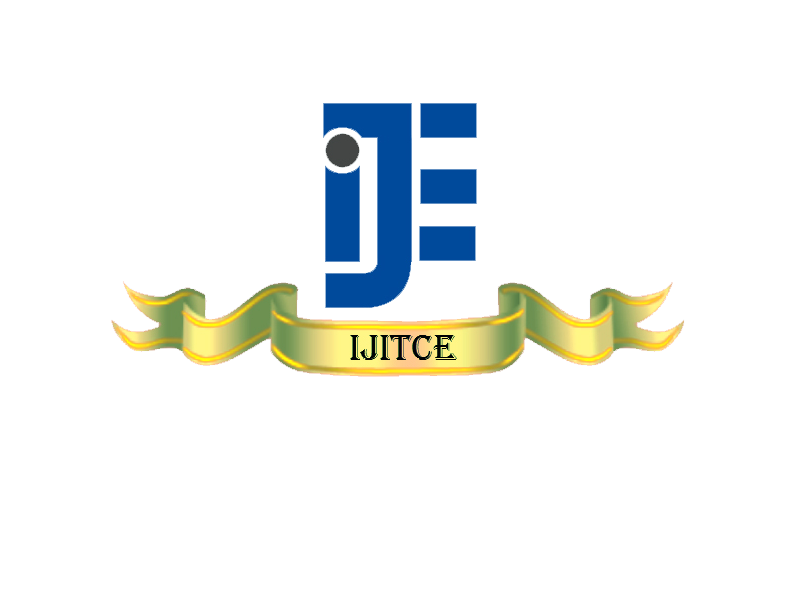May 2011 Issue Vol.1 No.5
Investigating the Particle Swarm Optimization Clustering Method on Nucleic Acid Sequences
Barileé B. BaridamAbstract: Particle swarm optimization (PSO) has been em¬ployed on several optimization problems, including the clustering problem. PSO has also been employed in the clustering of data of different structure and dimensionality. In this paper it is employed in the clustering of nucleic acid sequences. The application of clustering, as a statistical tool, in the analysis of data of varied complexity has been treated by several researchers. Besides PSO, distance-based algorithms have been widely pro¬posed for the clustering problem. This paper investigates the efficiency of PSO clustering on nucleic acid sequences through the introduction of distance measures among which are the Euclidean distance measure, Manhattan distance, edit distance and the codon-based scoring method (COBASM). Sub-objective weights were introduced to observe the behaviour of PSO under various conditions. From the result obtained, PSO-based clustering pro¬duces compact and well-separated clusters. However, the result varied with distance measure.
Keywords: Nucleic acids, clustering, similarity measure, PSO.
Performance Evaluation and Selection of Optimal Parameters in Turning of Ti-6Al-4V Alloy Under Different Cooling Conditions
M Venkata Ramanaa, K Srinivasulub, G Krishna Mohana Raoc,
Abstract:
Titanium alloys have very high tensile strength and toughness, light weight, extraordinary corrosion resistance, and ability to withstand extreme temperatures. However, the high cost of both raw materials and processing limit their use to military applications, aircraft, spacecraft, medical devices, connecting rods on expensive sports cars, some premium sports equipment and consumer electronics. Surface finish plays vital role in service life of components, to ensure a great reliability of sensitive aeronautical components, surface integrity of titanium alloys should be satisfied. Therefore, it required to optimize process parameters like cutting speed, feed and depth of cut while machining titanium components for better surface finish and also high tool life in order to reduce the tool cost. In order to reduce high temperatures in the machining zone, cutting fluids are employed in machining. Cutting fluid improves the surface conditions of the work piece, tool life and the process as a whole. It also helps in carrying away the heat and debris produced during machining. This project work deals with performance evaluation and optimization of process parameter in turning of Ti6Al4V alloy with different coolant conditions using Taguchi’s design of experiments methodology on surface roughness by uncoated carbide tool. The results have been compared among dry, flooded with Servo cut oil and water and flooded with Synthetic oil coolant conditions. From the experimental investigations, the cutting performance on Ti6Al4V alloy with synthetic oil is found to be better when compared to dry and servo cut oil and water in reducing surface roughness. The results from ANOVA shows that while machining Ti6Al4V alloy, the Synthetic oil is more effective under high cutting speed, high depth of cut and low feed rate compared to dry and servo cut oil and water conditions. The ANOVA also reveals that feed rate is dominant parameter under dry, servo cut oil and water and synthetic oil conditions in optimizing the surface roughness.
Keywords:
Titanium alloy, Turning, Coolants, Optimization
Thermal Interface Materials used for Improving the Efficiency and Power Handling Capability of Electronic Devices: A Review
Priyanka Jaiswal and C.K. Dwivedi*Abstract: Thermal interface material (TIM) is used to enhance heat flow by reducing thermal resistance across the thermal interface between the heat source and the heat sink, and to minimize the variance of the interface resistance as compared to just surface-to-surface contact. In this mini review, the recent developments in the thermal properties of various used and advanced thermal interface materials are discussed with the new technologies employed for improving the performance of TIMs. Also, a brief account of the applications of thermal interface materials is presented.
Keywords: Thermal interface materials, heat flow, heat sink, interface resistance, surface-to-surface contact
A Trust Model for Secure and QoS Routing in MANETS
Shilpa S G , Mrs. N.R. Sunitha , B.B. AmberkerAbstract: Due to the dynamic topology, limited and shared bandwidth, limited battery power of the mobile ad hoc network (MANET), providing Quality of Service (QoS) routing is a challenging task in MANET. The presence of malicious nodes in the network cause an internal threat that disobey the standard and degrades the performance of well-behaved nodes significantly. However, little work has been done on quantifying the impact of internal attack on the performance of ad hoc routing protocols using dynamic key mechanism. In this paper, we focus on the impact of Byzantine attack implemented by malicious nodes on AODV routing protocol as an extension of the previous work. Here, we propose a trust model in which the trustworthiness of each node is evaluated based on trust value and remaining energy of each node. Association level of each node is estimated based on the trust value calculated. Route selection is done using the trustworthiness and performance requirement of each route which is calculated based on both link capacity and traffic requirement to achieve QoS.
Keywords: MANET, Byzantine attack, Trustworthiness, Authentication, QoS.
An Optimized Energy Efficient Routing Algorithm For Wireless Sensor Network
NIDHI BATRA, ANUJ JAIN, SURENDER DHIMANAbstract: -Wireless sensor network consists of thousands of individual nodes which collectively work as per application of the network. Each node made up of various parts which individually having a big research area. One of the upcoming research area of it is its power consumption which in turn depends on energy wastage of nodes. So various steps are to be taken to overcome this problem of energy wastage, one of them would be the proper designing of routing algorithm that considers the factor that enhances energy wastage. In this paper firstly outline of WSN is being discussed which includes MAC and routing protocols of WSN , then an optimised routing protocol is proposed and its analysis is done by MATLAB simulation tool. Finally paper is concluded and its future scope is being discussed.
Keywords: MAC protocols, Routing protocols, S-MAC, Leach, SPIN, Directed diffusion, QoS based routing protocol etc.
